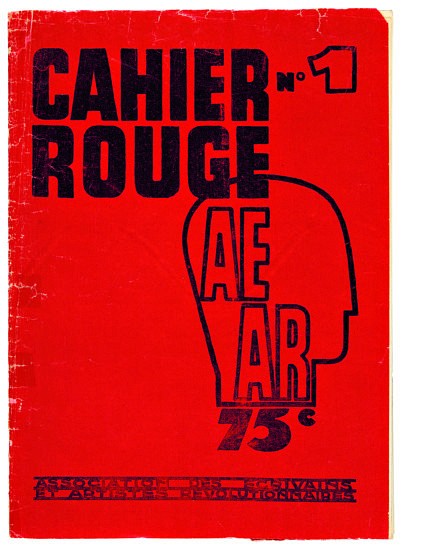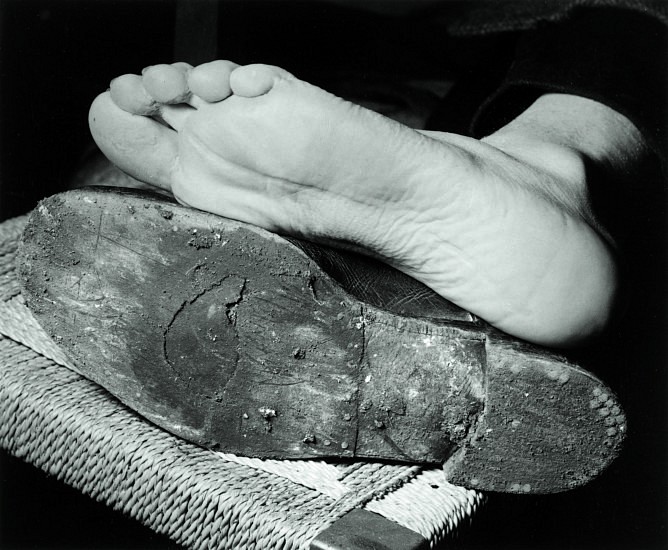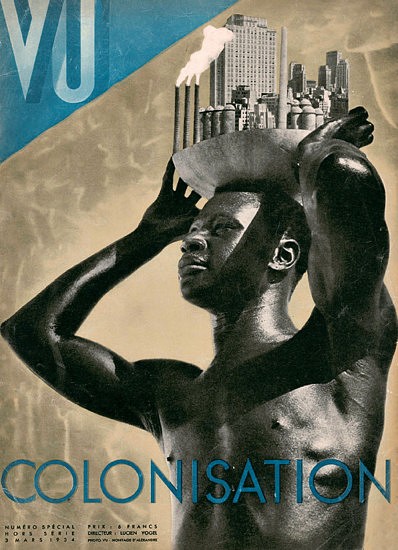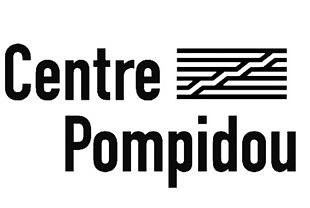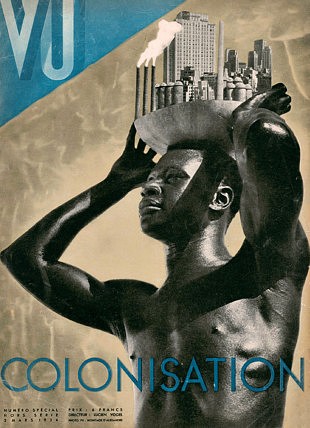«Photography as a weapon of class» at the Centre Pompidou
Exhibitions
1/11/2018
Photography as a weapon of class at the Centre Pompidou
“Photography as a weapon of class” are the words with which the journalist Henri Tracol (1909–1997) begins his manifesto on unifying the photography section of the association of revolutionary writers and artists (AEAR). The association was founded in Paris in 1932, against a background of growing political, economic and social upheaval, and brought together, alongside other sectors of the artistic and cultural domain (theatre, music, cinema, literature, painting, etc.) some of the most committed photographers of the Paris avant-garde: Jacques-André Boiffard, Henri Cartier-Bresson, Chim, André Kertész, Germaine Krull, Eli Lotar, Willy Ronis, René Zuber, and many more besides. Alongside the laypeople and workers whom they followed for their work, these photographers experimented with a language that was at the intersection of critical discourse, the militant gesture and the documentary aesthetic.
This exhibition, compiled from the photographic collection of the Musée National d’Art Moderne, is the result of a close scientific collaboration lasting almost three years and involving the young researchers of Labex Arts-H2H and the museum’s own photography studio. As a result of their work, the aim of which was to identify and contextualise the social photographs in the Christian Bouqueret collection (comprising some 7,000 shots) acquired in 2011, a gap has been filled in the history of photography in France between the wars.

